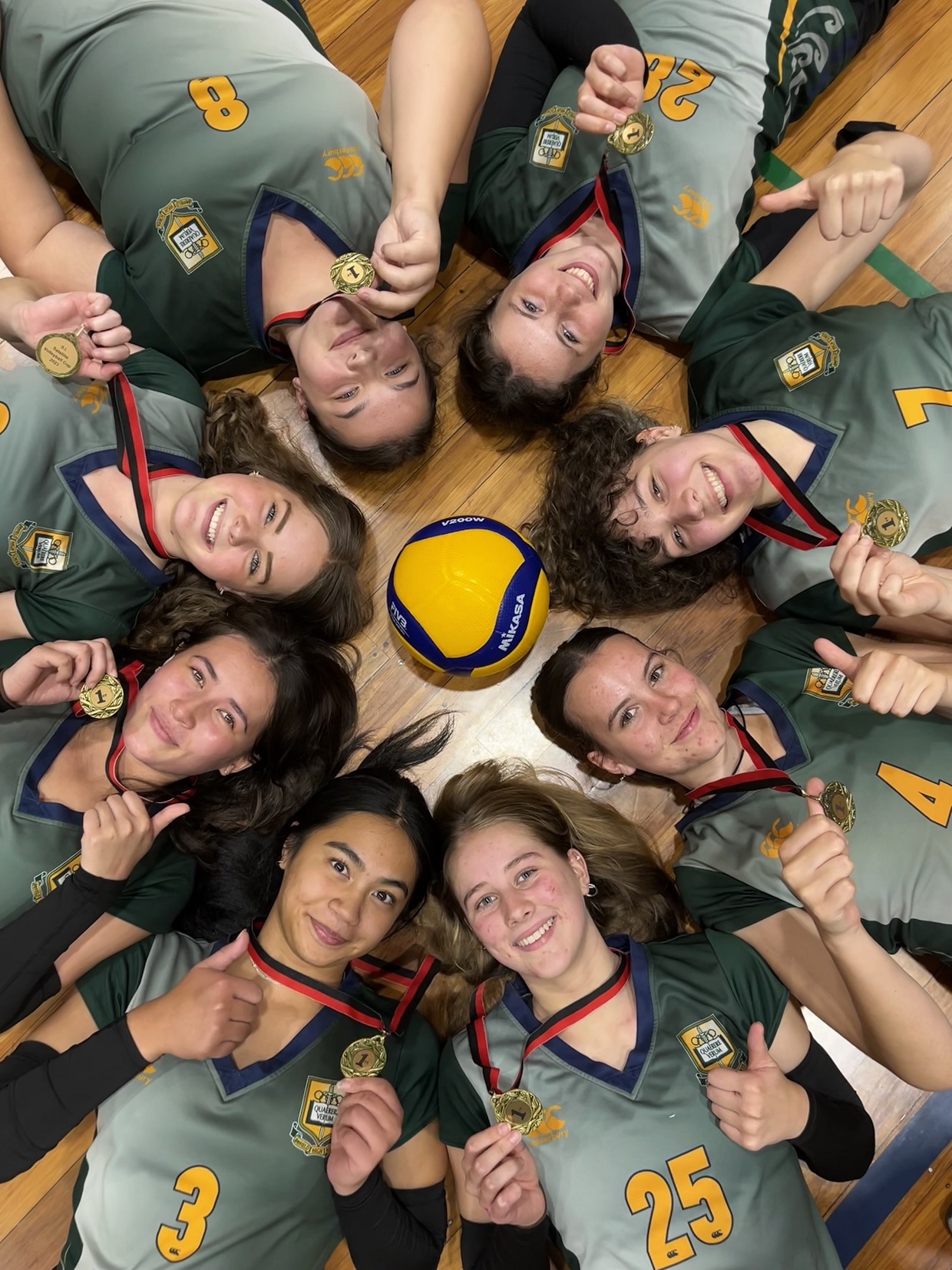
Madness.
That is how Volleyball Otago committee member Andy Campbell describes looking around the Edgar Centre in Dunedin on Monday and Friday nights, as thousands of secondary school pupils walk through the doors and cram across the courts to play the sport they love.
Volleyball has gone "gangbusters" in Otago recently. Last year’s numbers showed 1600 secondary school athletes played the sport — the majority of those females — and numbers had more than doubled in the past 10 years.
It put the sport second to basketball for participation in the region and that did not include the intermediate, or social, volleyball players.
Otago boasts 430 intermediate players, 240 social and 250 beach volleyball players through the summer.
Campbell has been involved in the sport for more than 35 years, coaching King’s, Otago representative teams and the New Zealand Under-20 team.
He believed the sport was attractive as it catered for both genders, was non-contact and had a cross-section of the community — from refugees to Pasifika — playing.
"It’s a dynamic sport — kids just love it," Campbell said.
"You go there on a Monday or a Friday night at the Edgar Centre . . . it’s just madness. Every court’s going and everyone’s got a smile on their face.
"I think it’s just a really enjoyable sport.
"There’s always been the strong numbers but it’s certainly just gone gangbusters probably in the last five years.
"It’s gone silly and to be fair, the thing that’s holding us back is resources and court space. The Edgar Centre’s not big enough and we don’t have enough courts around the town."
The growth spurt volleyball was experiencing was huge, resulting in the organisation employing a fulltime operations manager this year.
"We haven’t even started with the primary schools yet. That’ll double the numbers again."
Asked if he was proud of the sport thriving in Otago, Campbell said "without a doubt".
"To be fair, we’ve probably had half a dozen volunteers for the last 30 years trying to manage the game.
"So it’s great we’ve actually got a fulltime person now working on strategic plans, and working on a bit of corporate sponsorship and what have you, because for the amount of numbers playing there, we still get very little coverage.
"Around the country, it’s just getting bigger and bigger."
Flourishing numbers have helped put Otago on the map at a representative and national level, with five teams heading to interprovincial championships at King’s Birthday Weekend.
Otago’s under-19 boys came third at the national tournament last year, and Spencer Campbell, Daniel Griebel, Stanley Paipike, Jacob Evile, Garry Turner (manager) and Campbell (coach) were part of the New Zealand junior men’s team that played at the state championships in Sydney and against Australia.
Amelia Hollows, Lily Abbot, Ruby de Graaf and Ryan Dailey have been named in the New Zealand junior women’s wider training group this year, and there are other players in America playing college volleyball.
Producing more national representatives was "really cool" and added another layer of success to the region, Campbell said.

Due to the popularity of secondary school volleyball, club leagues are restricted to the winter. But that creates another problem, as volleyball battles for court space against netball and basketball.
"The bigger issue we’ve got is courts.
"We’re playing at the Edgar Centre and we’re playing at Bayfield and Queen’s just to try and get them playing, and we’re playing until 10 o’clock at night.
"We want to grow . . . but we’ve got to cap it at the moment with that 16 teams, because we haven’t got the capacity to run any more courts."
Playing numbers dropped off at club level and it was a "work in progress" for Volleyball Otago to retain more players, Campbell said.
"The biggest thing is trying to have a low-cost, local competition and that’s where winter league is growing and growing and growing."
There were also church volleyball leagues among the Pasifika community, social volleyball on Mondays and Tuesdays, and the beach league over summer.
Beach volleyball was also restricted due to the tides at Brighton, and Volleyball Otago had been on the hunt to find a venue to turn into beach courts for several years.
"If we had a venue where we had sand courts, it would be used seven days a week — it would definitely grow the game.
"We’ve had a couple of guys out of Dunedin play on the world tour."
Campbell knew all indoor sports were being knocked back due to limited court space and venues across Dunedin but was thrilled to see the development trajectory volleyball had been through.
He wanted to ensure all players at all levels had access to a volleyball league and in turn, they gave back to the sport.
"It’s just making sure that whatever level they want to play at, that they’re playing the game and they’re enjoying it.
"That’s our challenge, as Volleyball Otago, to try and have competitions and facilities for them to play the game."
Otago volleyball
The numbers
Secondary school: 1600
Intermediate: 430
Club: 250
Social: 240
Beach: 250












